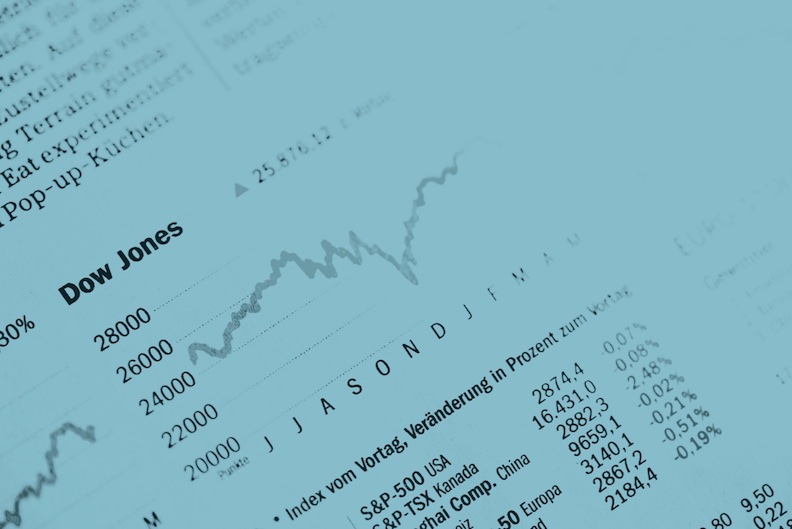What is it about?
This study explores how NADPH oxidase 5 (NOX5) moves electrons across cell membranes to make reactive oxygen species. Using long molecular dynamics simulations and a linear‑response analysis, the work compares human NOX5 with a cyanobacterial NOX5 and tests membranes with different negative charge densities. It dissects how protein, lipids, water, and ions each contribute to the free energy of electron transfer between the two heme groups. Despite large local changes, the total balance remains slightly favorable because components compensate each other. The study also revisits structural models, showing stable flavin binding in human NOX5 versus less stable binding in the earlier csNOX5 model.
Featured Image

Photo by Amos from Stockphotos.com on Unsplash
Why is it important?
Reactive oxygen production underpins immune defense and signaling, but misregulation is linked to disease. Understanding how the membrane’s charge and the protein environment jointly tune electron transfer clarifies why NOX stays “just right” energetically across contexts. This insight can guide experiments and models of NOX activation, suggest how lipid remodeling might modulate activity, and improve multiscale simulations of charge transfer in complex membrane proteins.
Perspectives
As authors, we were struck by the system’s self‑adjusting nature: when the membrane became more anionic and less favorable to interheme transfer, water and ions stepped in to offset the penalty, keeping the overall free energy slightly on the favorable side. Seeing this compensation emerge across species and membrane compositions, alongside stable flavin binding in human NOX5, suggests electron flow is safeguarded by a delicately balanced environment rather than a single dominant factor.
Dr Marc Baaden
CNRS
Read the Original
This page is a summary of: NOX Transmembrane Electron Transfer Is Governed by a Subtly Balanced, Self-Adjusting Charge Distribution, Journal of Chemical Information and Modeling, August 2025, American Chemical Society (ACS),
DOI: 10.1021/acs.jcim.5c00746.
You can read the full text:
Resources
Contributors
The following have contributed to this page







